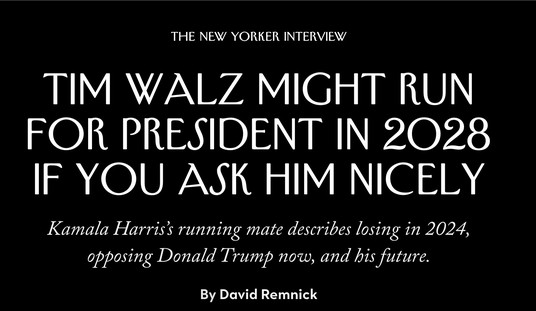Politico published an interview last Friday with two criminologists who have studied mass shootings. Jillian Peterson is a professor of criminology at Hamline University and James Densley is a professor of criminal justice at Metro State University. Together, they’ve created a database of mass shootings since 1966 along with a detailed life history of 180 shooters. Their research points to a number of commonalities among them. Right away, they highlighted the role of the media and social contagion in these events, suggesting a connection between the Buffalo shooting and the one in Uvalde.
POLITICO: Since you both spend much of your time studying mass shootings, I wonder if you had the same stunned and horrified reaction as the rest of us to the Uvalde elementary school shooting. Or were you somehow expecting this?
Jillian Peterson: On some level, we were waiting because mass shootings are socially contagious and when one really big one happens and gets a lot of media attention, we tend to see others follow…
POLITICO: Are you saying there’s a link between the Buffalo and Uvalde shootings?
Peterson: We don’t know for sure at this point, but our research would say that it’s likely. You had an 18-year-old commit a horrific mass shooting. His name is everywhere and we all spend days talking about “replacement theory.” That shooter was able to get our attention. So, if you have another 18-year-old who is on the edge and watching everything, that could be enough to embolden him to follow. We have seen this happen before.
Densley: Mass shooters study other mass shooters. They often find a way of relating to them, like, “There are other people out there who feel like me.”
They go on to define mass shootings as acts of violent suicide. These are inevitably damaged people who turn their rage outward in a final act of self-pity and revenge on those who rejected them. To Peterson and Densley it’s counterproductive to describe these shooters as “evil” because they would rather people recognize them as very troubled people who need psychological help before they get to the point of harming others.
Today the Atlantic published a piece which takes a different approach to mass shootings, looking at them as a kind of primitive storytelling by people desperate to make themselves the center of our attention. Once again, the role of the media comes up repeatedly.
What story does someone tell themselves when they decide to become a mass shooter? Grievance and alienation seem common themes. A classmate described the Charleston, South Carolina, Baptist-church shooter as having “a darkness to his life,” while a classmate said of the Newtown, Connecticut, shooter that “he just didn’t really connect.” The unmet desire on the part of many of these murderers to be at the center of a narrative, as opposed to on its periphery, is a unifying thread. Yes, easy access to firearms and a national mental-health crisis contribute to the incidence of mass shootings, but we’re already debating those issues vigorously. We pay far less attention to the ways in which our culture metabolizes narratives and makes sense of them…
In 2015, researchers from Arizona State University and Northeastern Illinois University conducted a study of contagion in mass killings and shootings. The researchers found a measurable increase in the likelihood of a second mass shooting for 13 days after an initial mass shooting. (The Uvalde shooting occurred 10 days after the shooting in Buffalo, New York.) They also determined that an individual school shooting, on average, incited 0.22 more shootings; that is, for every five school shootings, a sixth would take place that would not otherwise have occurred. Both social and traditional media were also found to drive this contagion…
In a study on mass shootings and media contagion, Jennifer Johnston, a psychology professor at Western New Mexico University, found that “identification with prior mass shooters made famous by extensive media coverage … is a more powerful push toward violence than mental health status or even access to guns.” A heightened awareness of the narratives we apply to mass shootings needs to be considered as a tool to combat this phenomenon, alongside attention to mental health and gun control. Murderous rage is not unique to America, but the expression of that rage is culturally determined, and so requires cultural countermeasures.
It sounds appealing but what would “cultural countermeasures” look like? They might look like a consensus not to use the shooter’s name or to publish their photos. But that’s obviously not enforceable. Would it matter if the Washington Post and the NY Times didn’t use names or photos if they were still posted all over TikTok and Twitter? I’m not sure it would. Maybe there is no solution to this that’s compatible with the First Amendment. Then again, maybe some self-discipline by the media would help.
What’s interesting is that while the media is focusing on gun control, school hardening and red flag laws for the thousandth time, we don’t see nearly the same attention paid to what the media itself could do to help prevent these acts. Yes, I did just quote two articles on that topic from two large publications but that’s a drop in the bucket compared to the ink being spilled on other proposed solutions.
Despite some compelling evidence the media plays a significant role in creating these mass shooters, what I see online is about a million people blaming Ted Cruz and almost no one demanding the media change how it operates. Maybe that’s part of our problem?
So long as these violent people can count on becoming the center of national attention (for themselves or their cause), they have a clear motive to keep doing this.








Join the conversation as a VIP Member